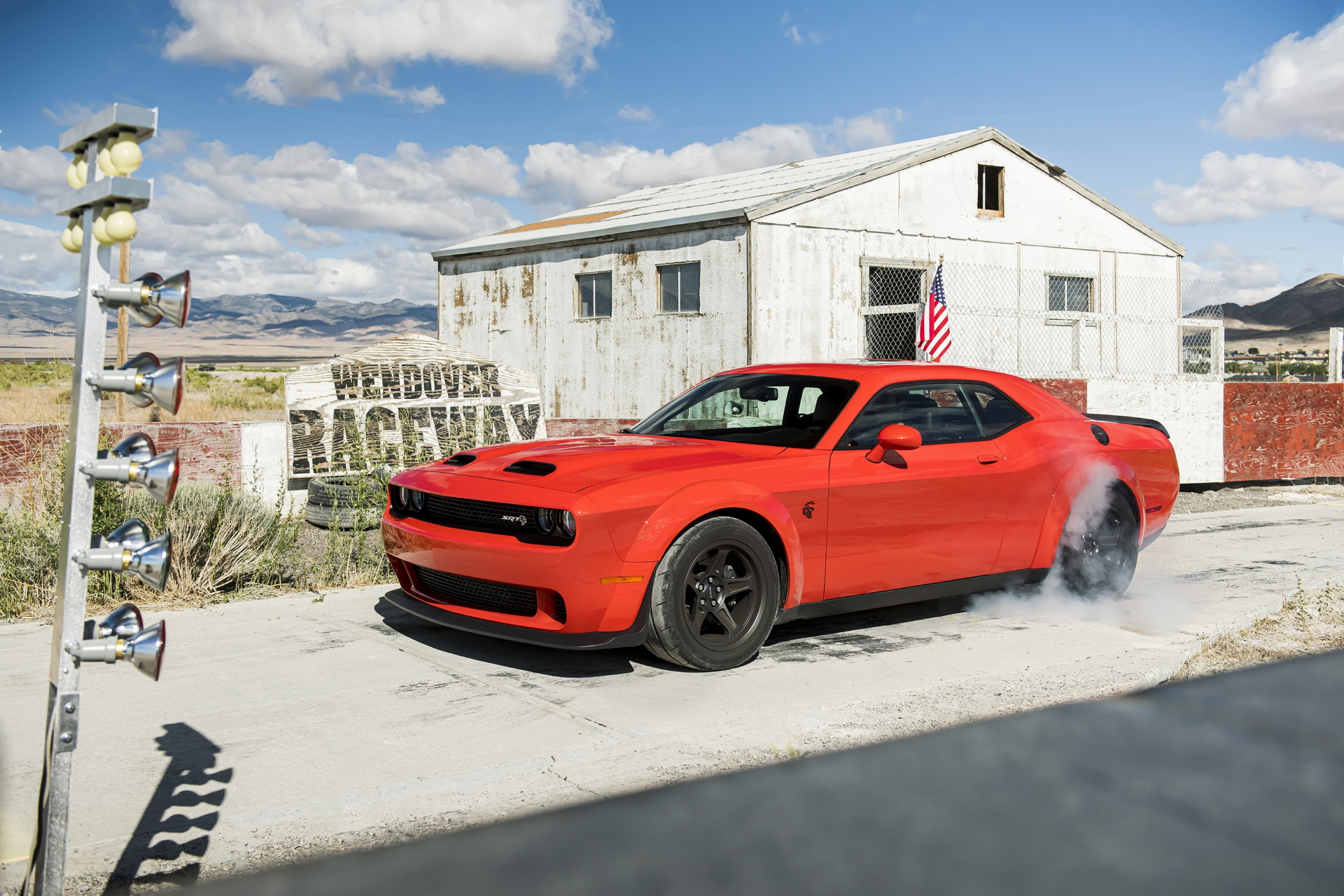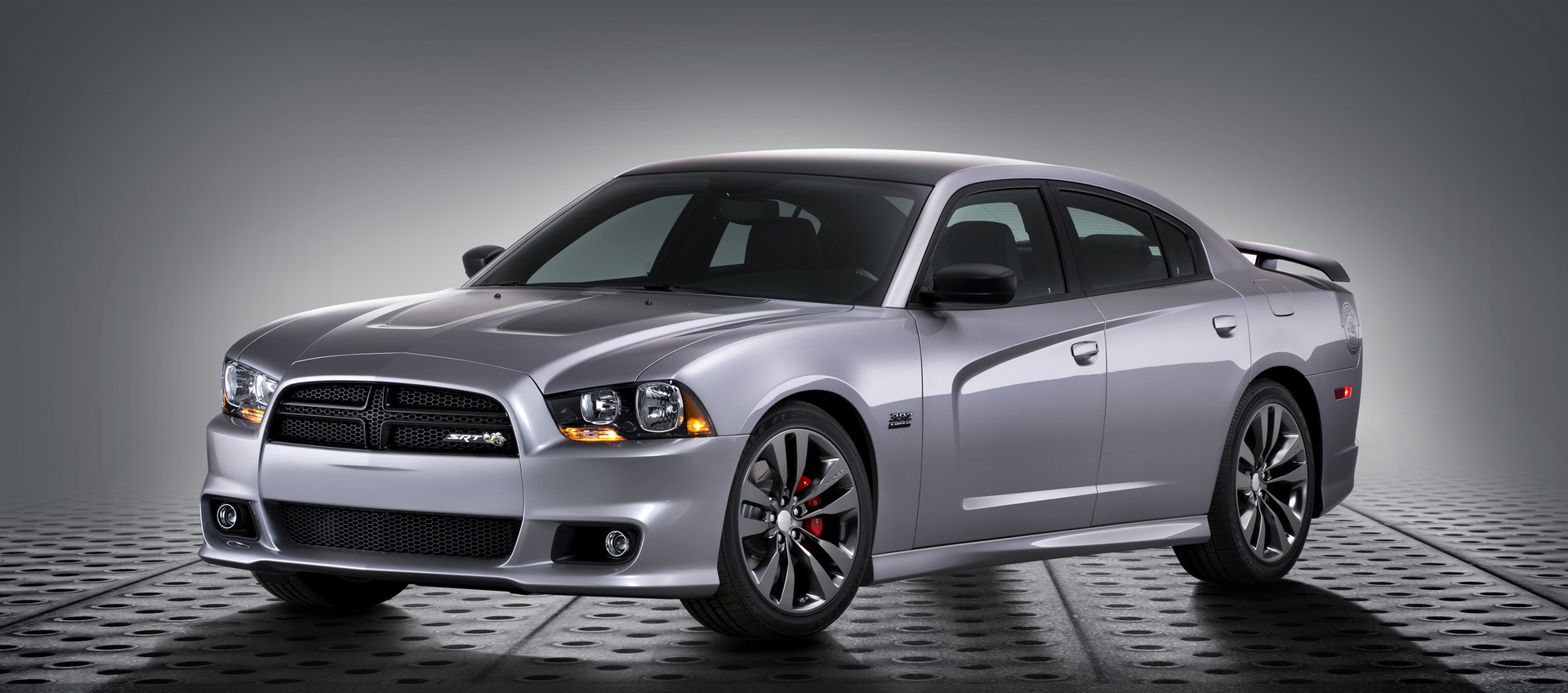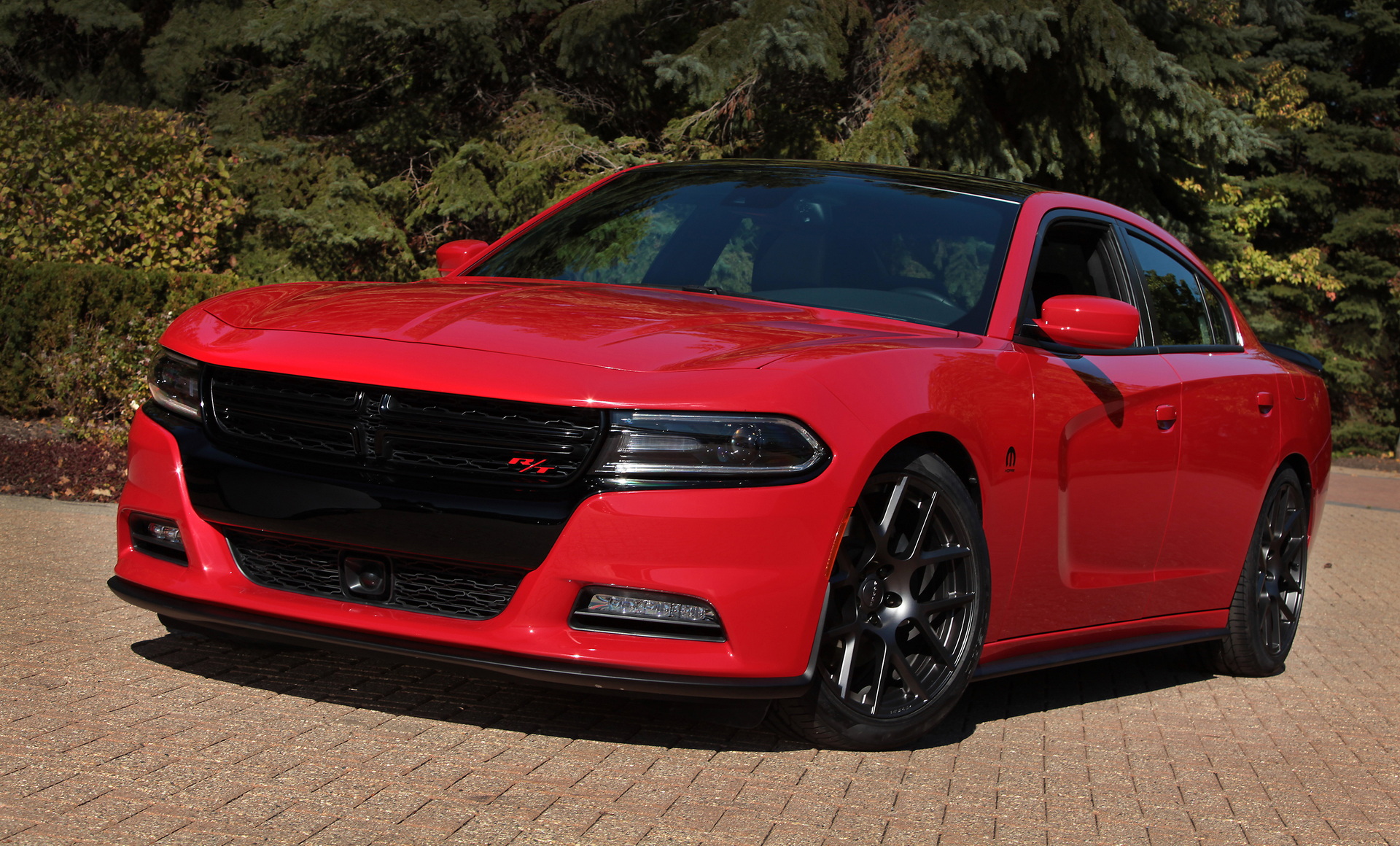The Dodge Challenger and Charger are old school cars, both figuratively and literally. Sitting on a platform that dates back to 2008, rumors once abounded that the brand was planning to move the cars onto the platform that underpins the Alfa Romeo Giulia. Now, Dodge CEO Tim Kuniskis has explained why the move was never made.
Speaking on Autoline After Hours, the CEO explained that although Alfa Romeo’s “Giorgio” platform is great – and reviews of the Giulia tend to agree with that assessment – it just didn’t make sense for Dodge to spend all that money to make it more like its most direct competition.
The decision, said Kuniskis, came in 2014, when FCA (as it was then called) had an investor presentation and had to commit to a direction for the future. The company had experimented both with updated the cars’ current platform, or moving it over to Giorgio.
Why Build A Better Car Only To Compete Against The Camaro And Mustang?
“On the Giorgio platform, we would’ve ended up with a car that, quite frankly, would’ve been lighter, would’ve handled better, it would’ve done a lot of the things that people said we were sort of laggards to the competition on,” said Kuniskis. “But we looked at it, and we said, ‘We can do that, but if we do that, we’re going to go and compete head on with the Mustang and the Camaro.’ And quite frankly, those are great cars. They’re fantastic cars. Why would we want to go fight with them in their sandbox?” he added. “Let’s stay in our sandbox, and be totally different from them, go left when they’re going right, and try to own this space.”
The company, therefore, decided not to go with Giorgio. According to former FCA CEO Sergio Marchionne, speaking in 2018, the decision was then made to make a “significant upgrade to the current architecture.”
Read Also: Production Dodge Charger Daytona EV To Offer Multiple Outputs, Unlockable Drift And Drag Modes
[embedded content]
At the same time as that decision was being made, the cars were receiving visual updates. Those changes weren’t doled out equally, though. While the updated Challenger looked broadly similar to the model it replaced, the Charger was, by comparison, significantly improved.
“It’s really tough – I mean, it’s really tough – to change the silhouette of the Challenger and come up with something better,” said Kuniskis. “So yeah, we made some tweaks, we went from a ’70 to a ’71, and we changed some hoods, and we changed some wheels, and we did the wide body, and we did those things, but to actually change the silhouette of the car, we would’ve been spending money just for the sake of spending money.”
Read Also: Dodge Delays Seventh And Final Last Call Special Edition
For the Charger, though, Kuniskis said that there was more leeway to update the car and keep its silhouette.
“If you look at the 2014 and the 2015 they actually are quite a bit different,” he explained. “If you put them next to each other, the 15 looks significantly lighter, significantly smaller. It’s not, but it looks tighter, smaller, a little more athletic.”
Even with those changes, though, he described both updates as evolutionary, rather than revolutionary. That wasn’t the only direction considered, however, and the company had experimented with bolder designs.
“We did have one that was revolutionary that we actually showed to dealers, and we didn’t end up moving forward with it because, again, it was going to be spending money just for the sake of spending money,” he said. “It wasn’t going to move the needle.”
Now, after more than a decade in action, the Charger and the Challenger will finally give up the ghost in their current forms, but not before being celebrated. Dodge has announced six of its seven special editions bidding farewell to the popular muscle cars. The company promises, though, that their spirit will live on in the electric era. That future was previewed with the Charger Daytona SRT EV concept.






